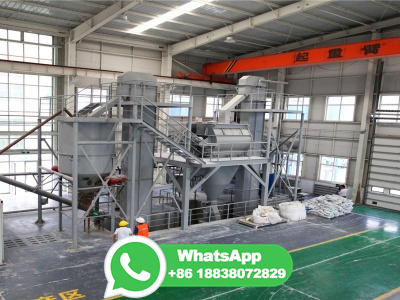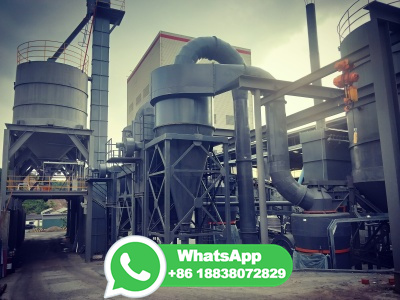How Iron Is Obtained
WEBThe modern production of iron involves heating iron ore with coke and limestone in a blast furnace, where temperatures range from 392°F (200°C) at the top of the furnace to 3,632°F (2,000°C) at the bottom. Some blast furnaces are as tall as 15story buildings and can produce 2,400 tons of iron per day. Inside a blast furnace, a number of ...


































